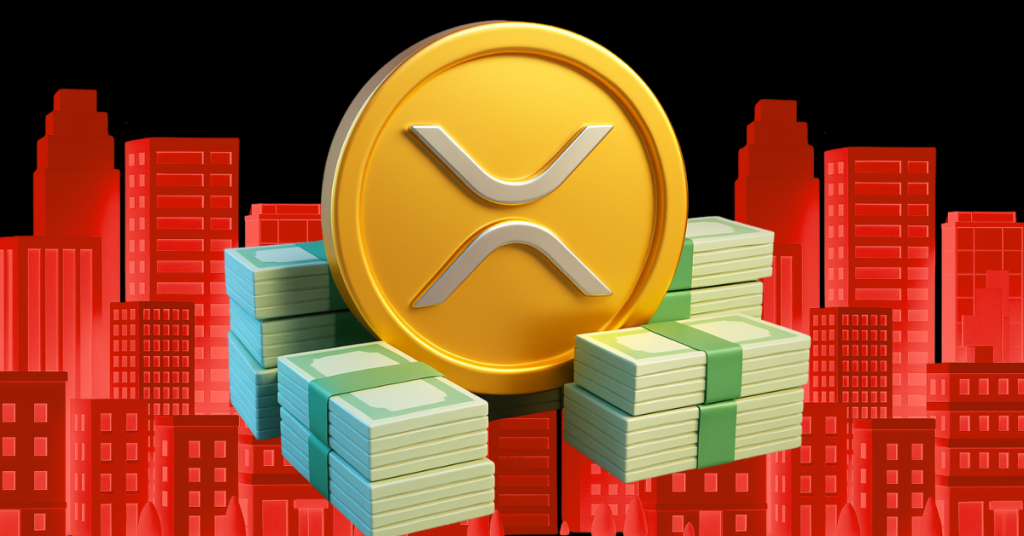CleanSpark, the Las Vegas bitcoin miner, is now building AI data centers alongside its mining operations.
The company is shifting into artificial intelligence infrastructure while still running its bitcoin business.
The CEO explained the plan on CNBC’s “Crypto World” and said this model will likely become common among miners. CleanSpark recently won a 100‑megawatt site in Cheyenne, Wyoming, beating Microsoft for the contract.
The CEO said the deciding factor was speed. CleanSpark built a 100‑megawatt mining site in about six months, while building a full AI data center can take between three and six years.
“We were able to scale up and deploy 100 megawatt bitcoin mining facility in about six months,” CEO Matt Schultz said. “Certainly, Cheyenne didn’t select CleanSpark because we had a stronger balance sheet than Microsoft.”
The company once operated as an energy firm before shifting to bitcoin mining five years ago. Schultz said this pivot brings the company back to its roots because the competition now revolves around access to power.
CleanSpark currently operates 1.03 gigawatts of active facilities and has 1.7 gigawatts planned. Schultz described the model as “monetizing megawatts,” using bitcoin mining to scale power infrastructure fast, and then converting selected locations into high‑performance computing for AI where it makes sense.
He said bitcoin miners can build and energize data centers quickly, but power access is the main barrier for everyone in the space.
CleanSpark expands into AI campuses
CleanSpark announced a partnership with Submer, a data center engineering company, to develop AI‑focused campuses across North America. The plan combines CleanSpark’s energy and land assets with Submer’s liquid‑cooled, high‑density systems.
Schultz said, “We are positioned to deliver AI capacity at gigawatt scale, faster, cleaner, and more efficiently than traditional approaches.” He said the goal is to turn CleanSpark’s infrastructure platform into the backbone of the next phase of computing.
One region Schultz pointed to as a growing AI cluster is Atlanta, which he described as second only to Northern Virginia on the East Coast for data center development.
Running AI models consumes large amounts of power. Companies like Amazon, Google, and Microsoft are spending heavily on new data centers and signing deals with utilities to build new nuclear reactors or restart old ones.
Even with that spending, many of the new projects face long delays connecting to the grid. Schultz said, “Hyperscalers are spending 60% of their free cash flow on capex to try and keep up with AI.”
He added that miners already control what is hardest to secure: land, substations, and direct access to electricity.
Crypto margins tighten as dual‑track model grows
Shares of CleanSpark are up more than 100% this year. The shift to AI helps offset tighter bitcoin mining profits after the April halving cut block rewards by half.
CleanSpark reported $198.6 million in revenue in the third quarter of fiscal 2025, up nearly 91% year over year, and holds 12,703 bitcoin in its treasury.
Schultz said the AI move does not replace crypto earnings. “It’s [bitcoin mining] a terrific part of our business,” he said.
CleanSpark’s power model allows it to shut down mining operations during grid stress and push power back to utilities, something AI centers cannot easily do.
Schultz said blending mining with AI gives utilities flexibility. During hurricane Helene in Georgia, CleanSpark powered down and redirected energy. “The lights came back on at the hospital within an hour,” he said.
Sharpen your strategy with mentorship + daily ideas - 30 days free access to our trading program
















 English (US)
English (US)